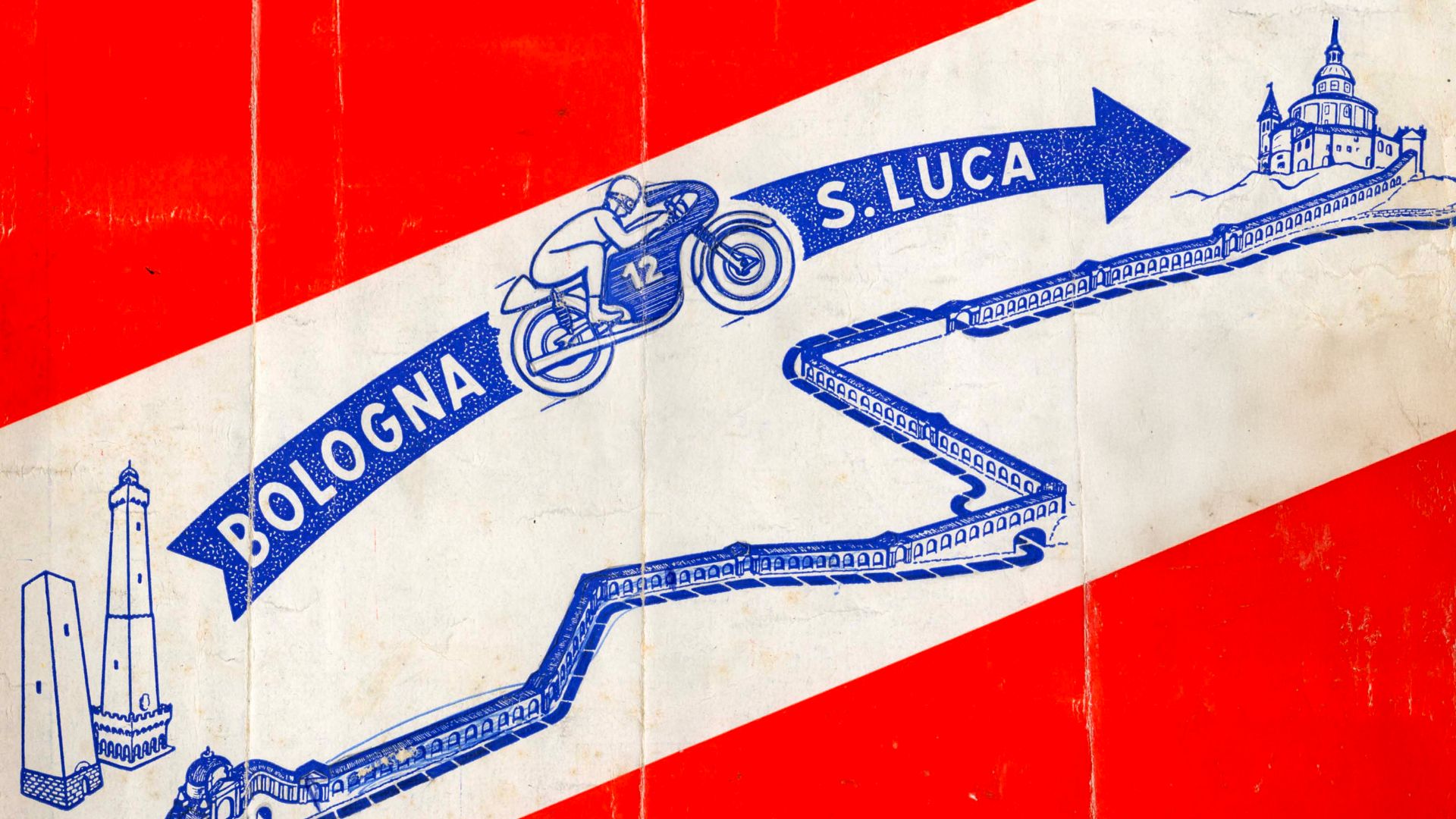

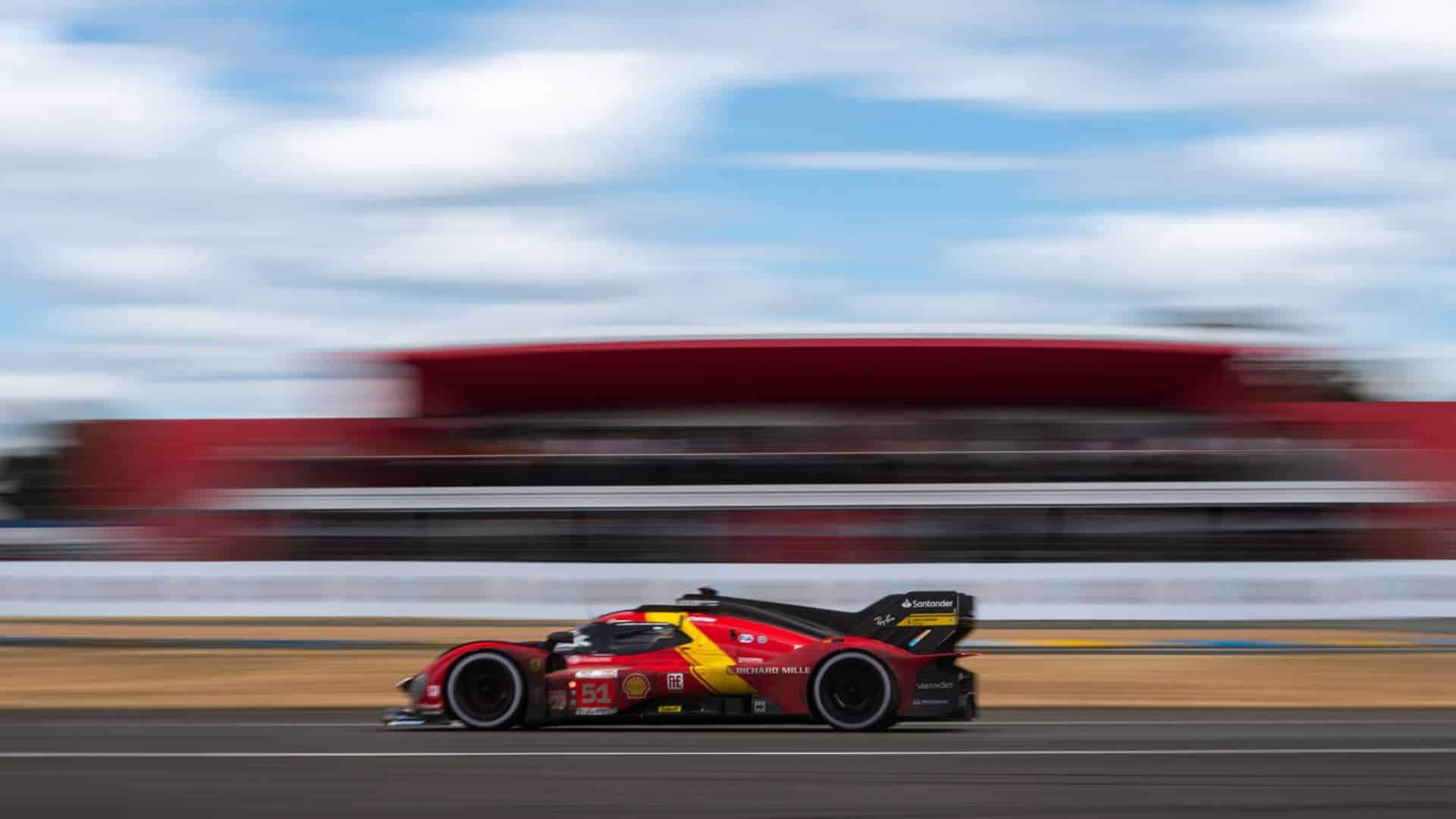
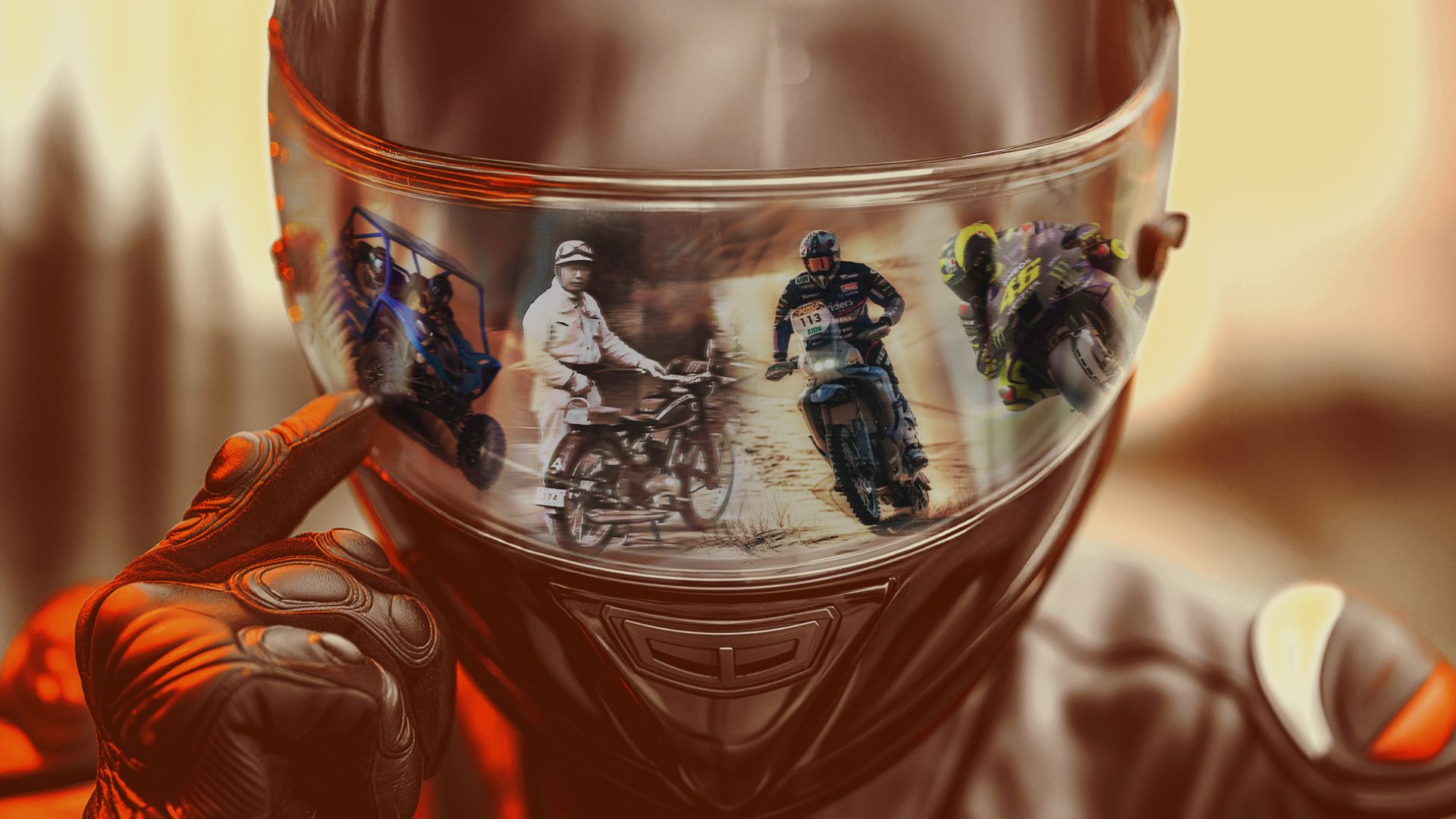
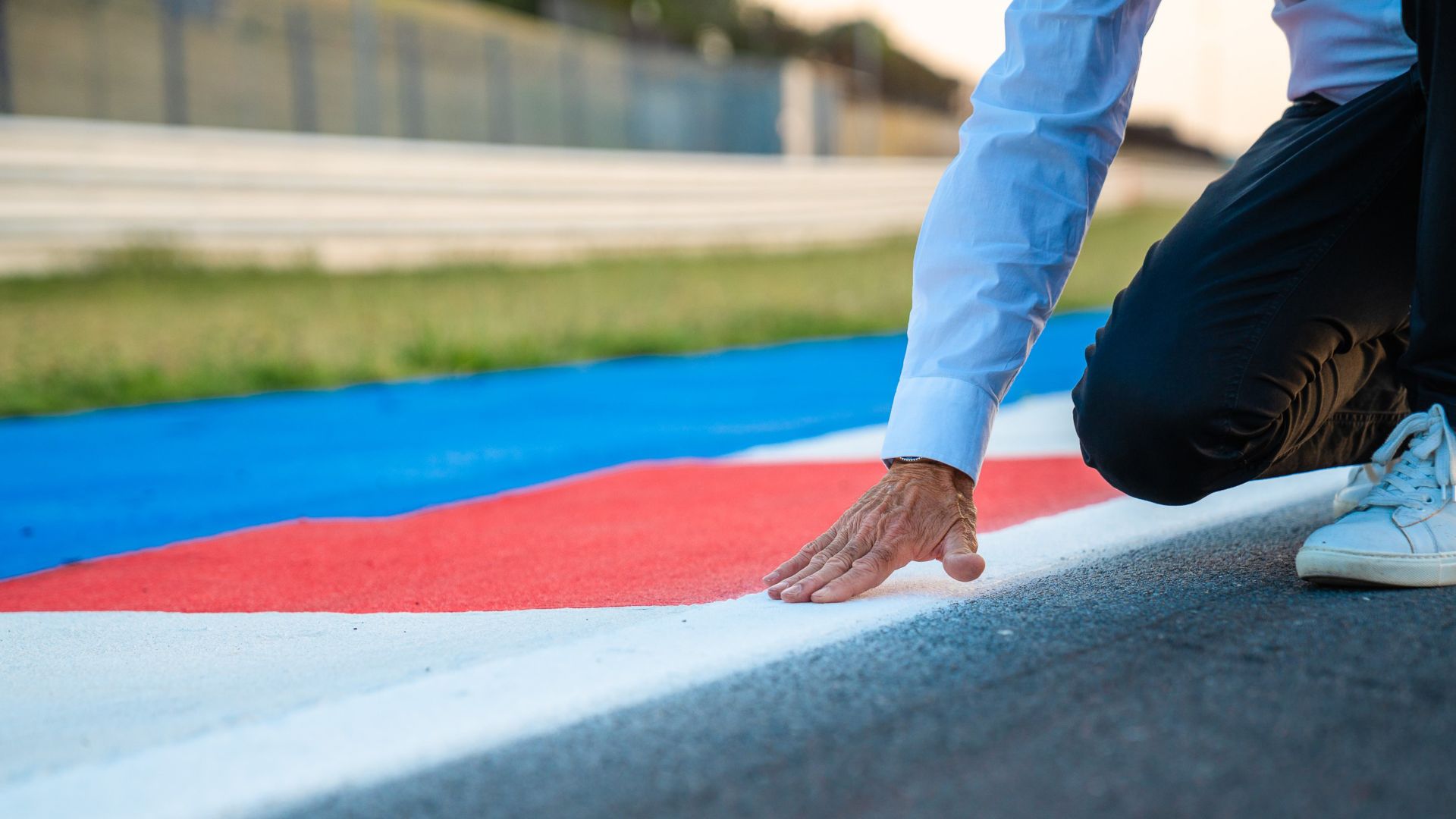
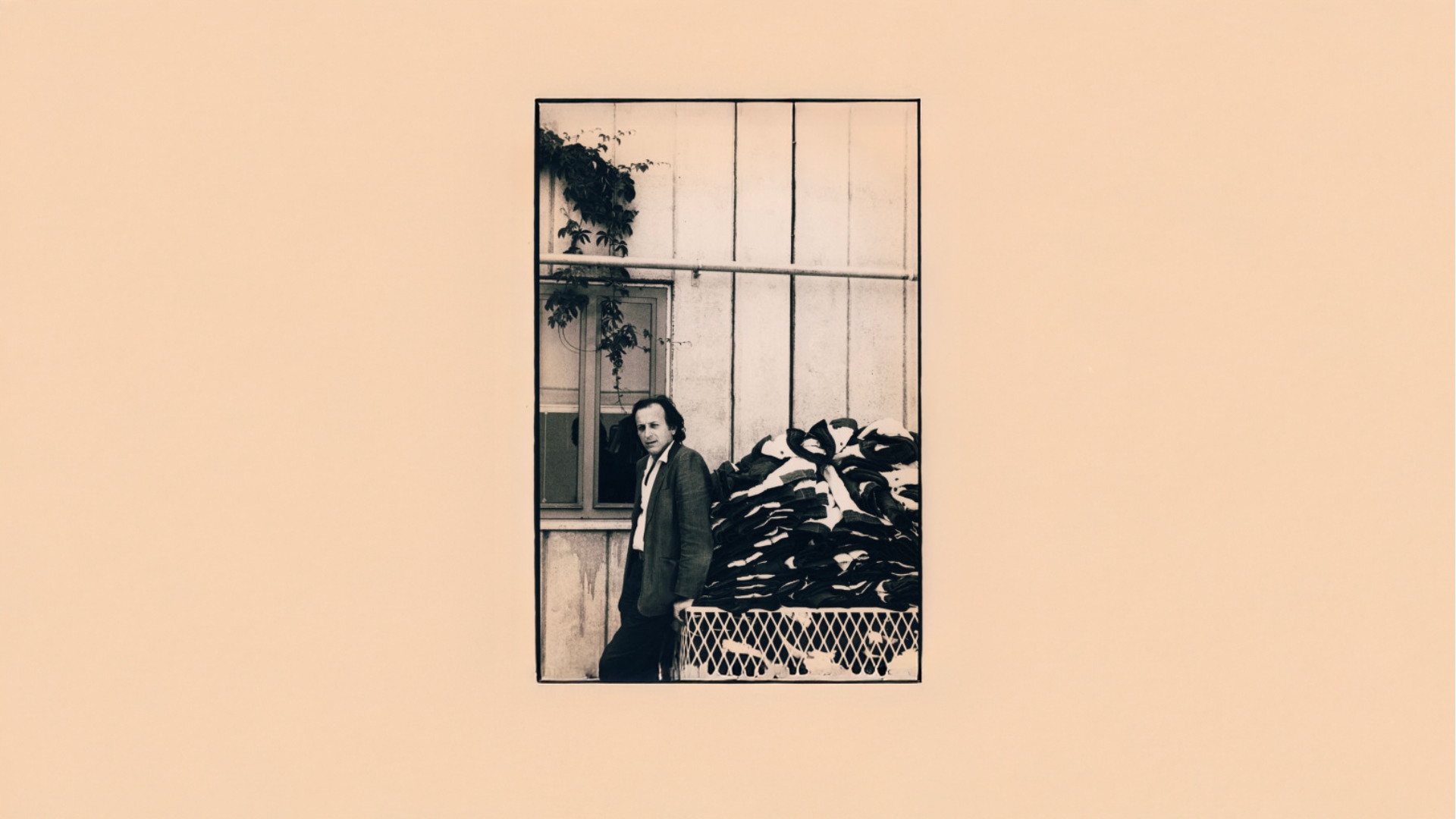
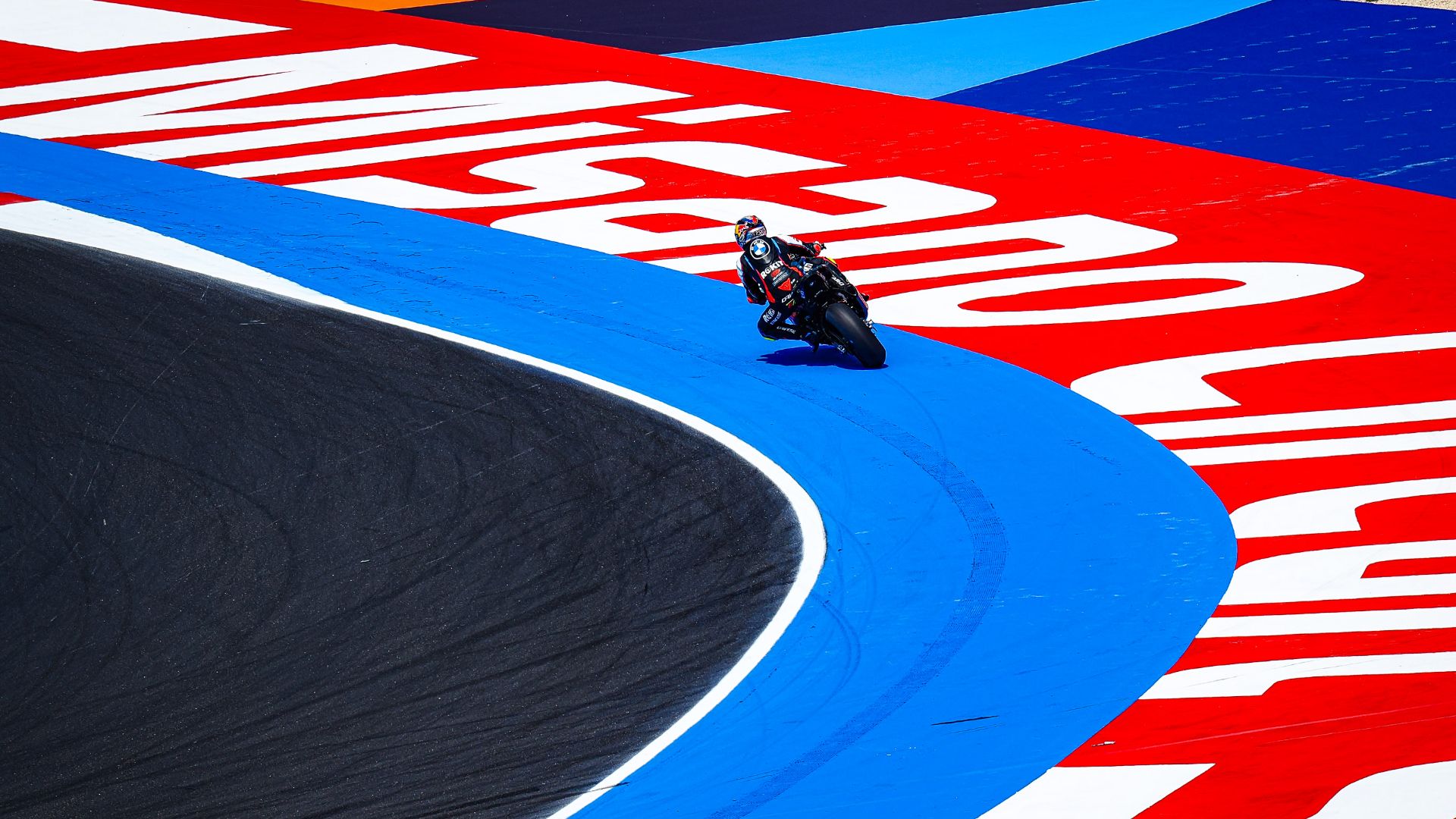

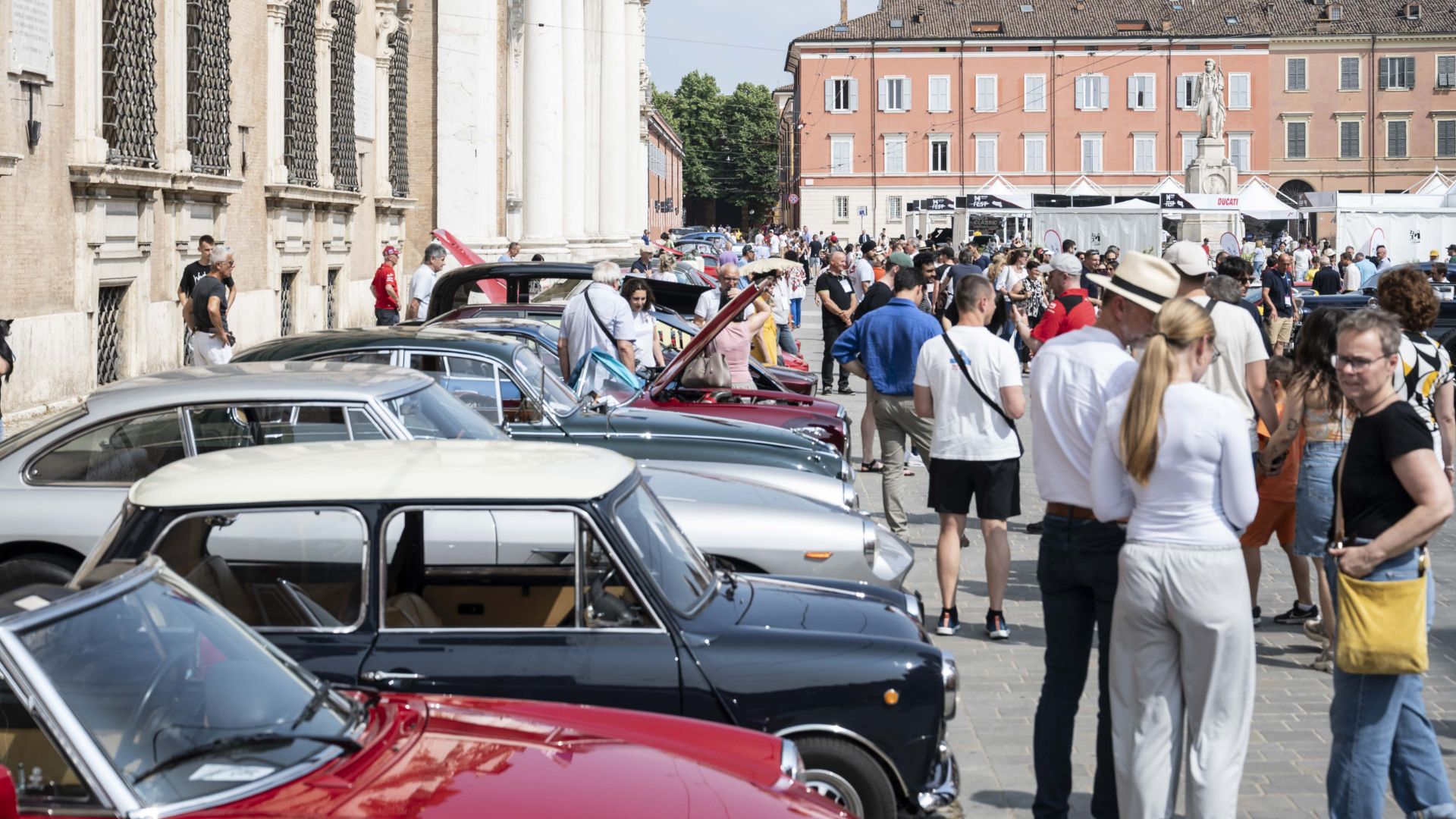
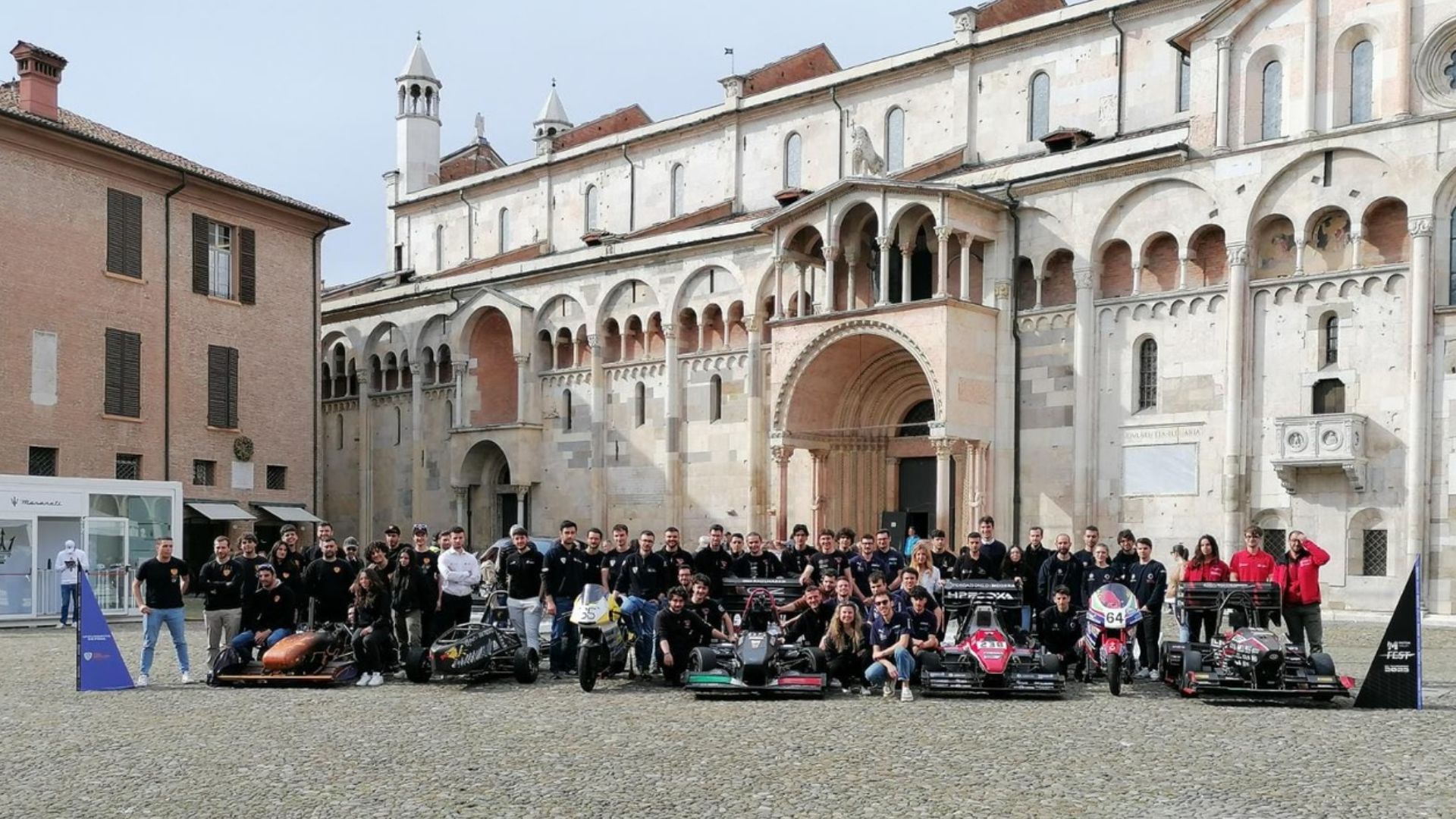
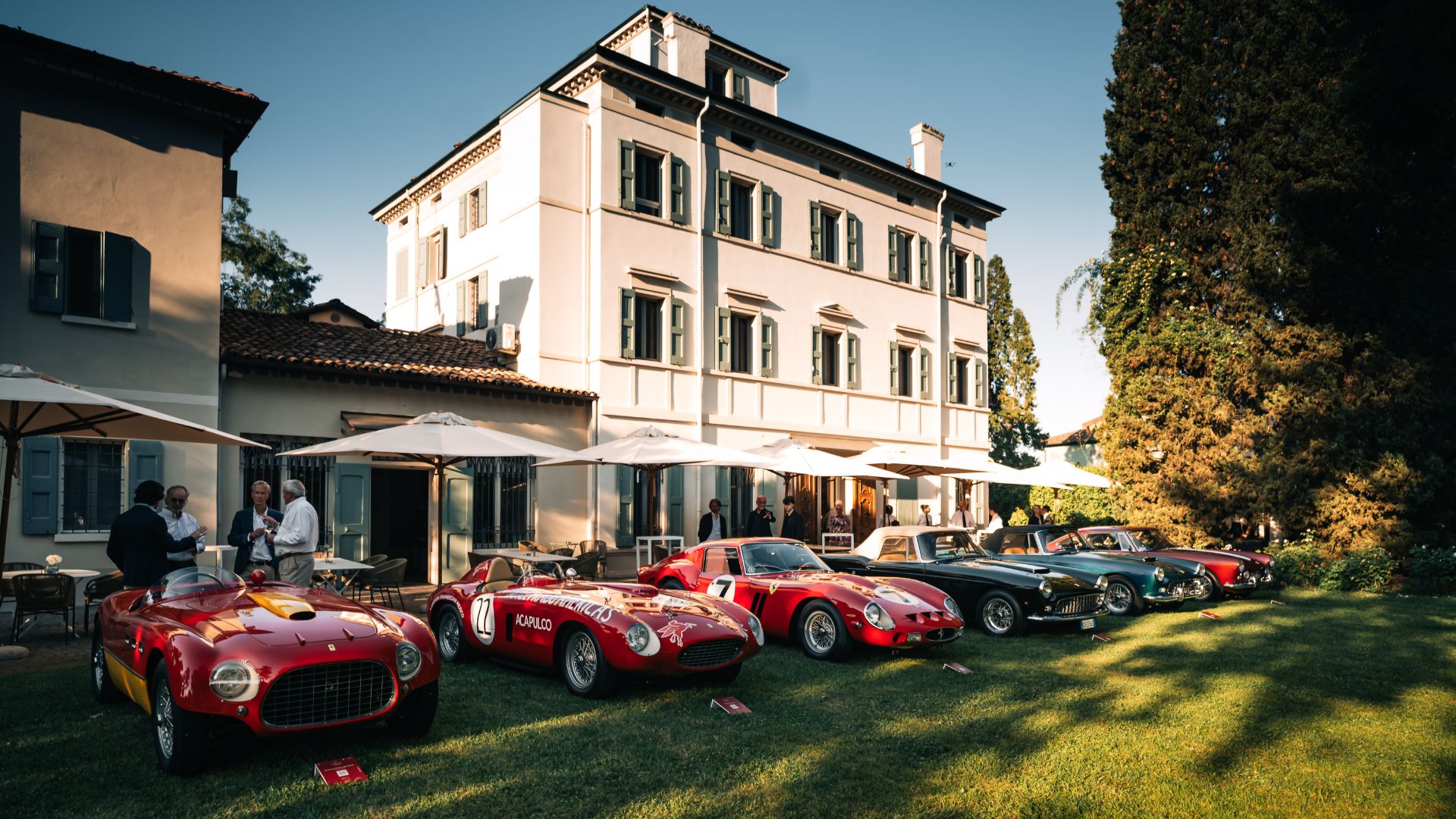
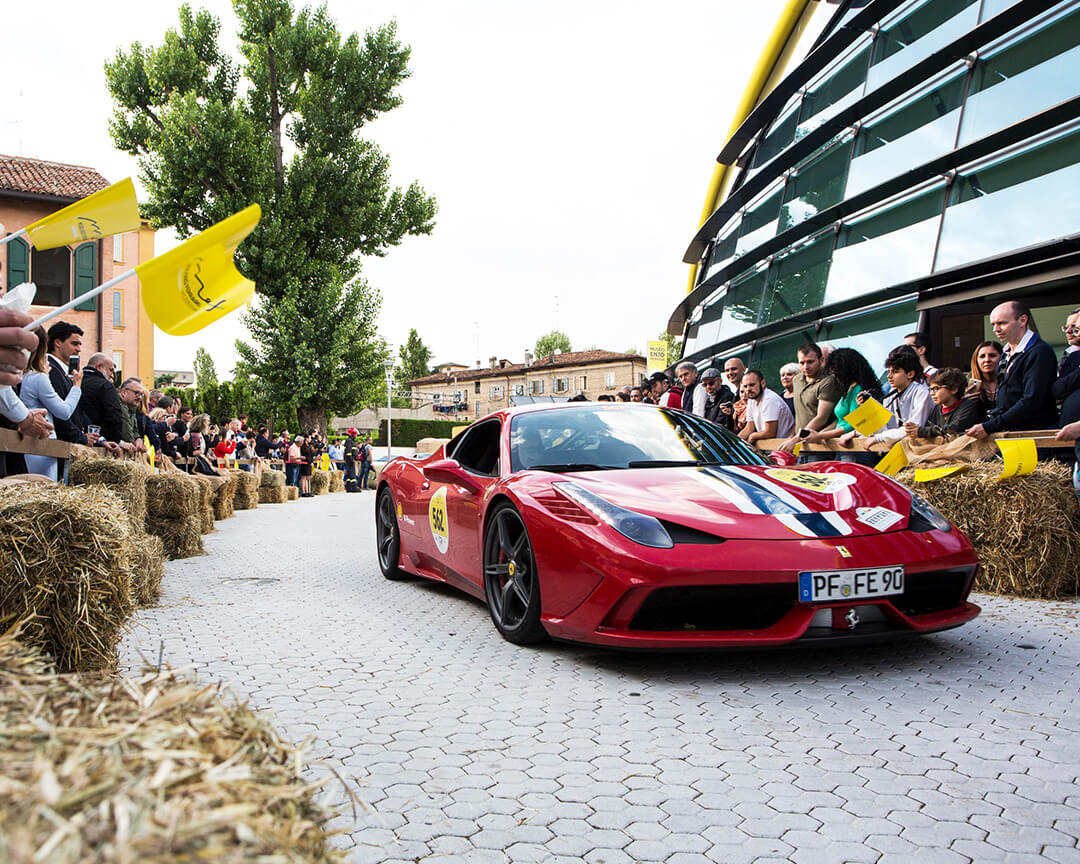
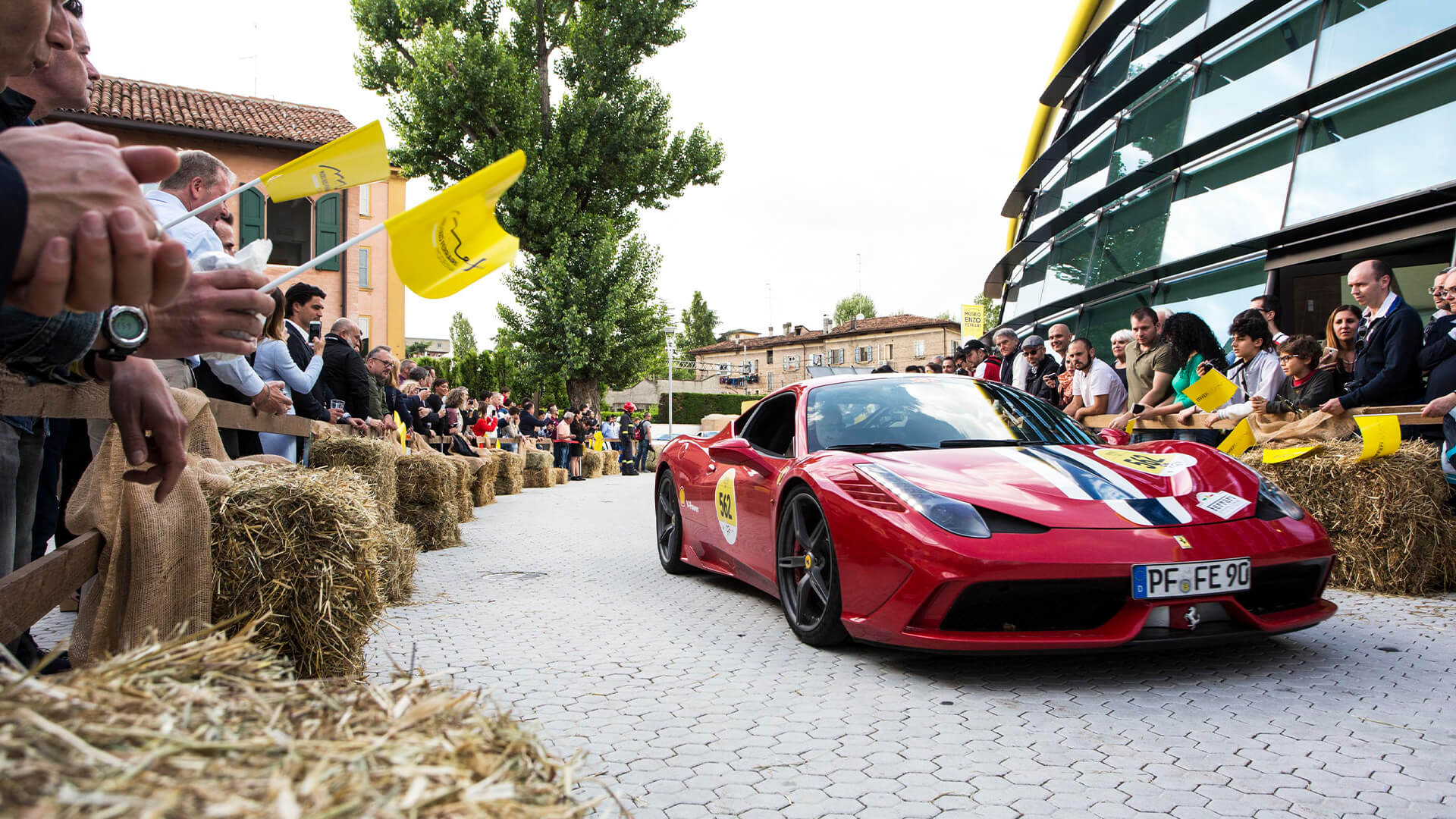
La settima edizione del Motor Valley Fest, il grande festival a cielo aperto della Terra dei Motori dell’Emilia Romagna, si è svolta dal 5 al’8 giugno 2025, sempre nella capitale della Motor Valley più famosa al mondo, la città di Modena, Patrimonio Mondiale dell’UNESCO.
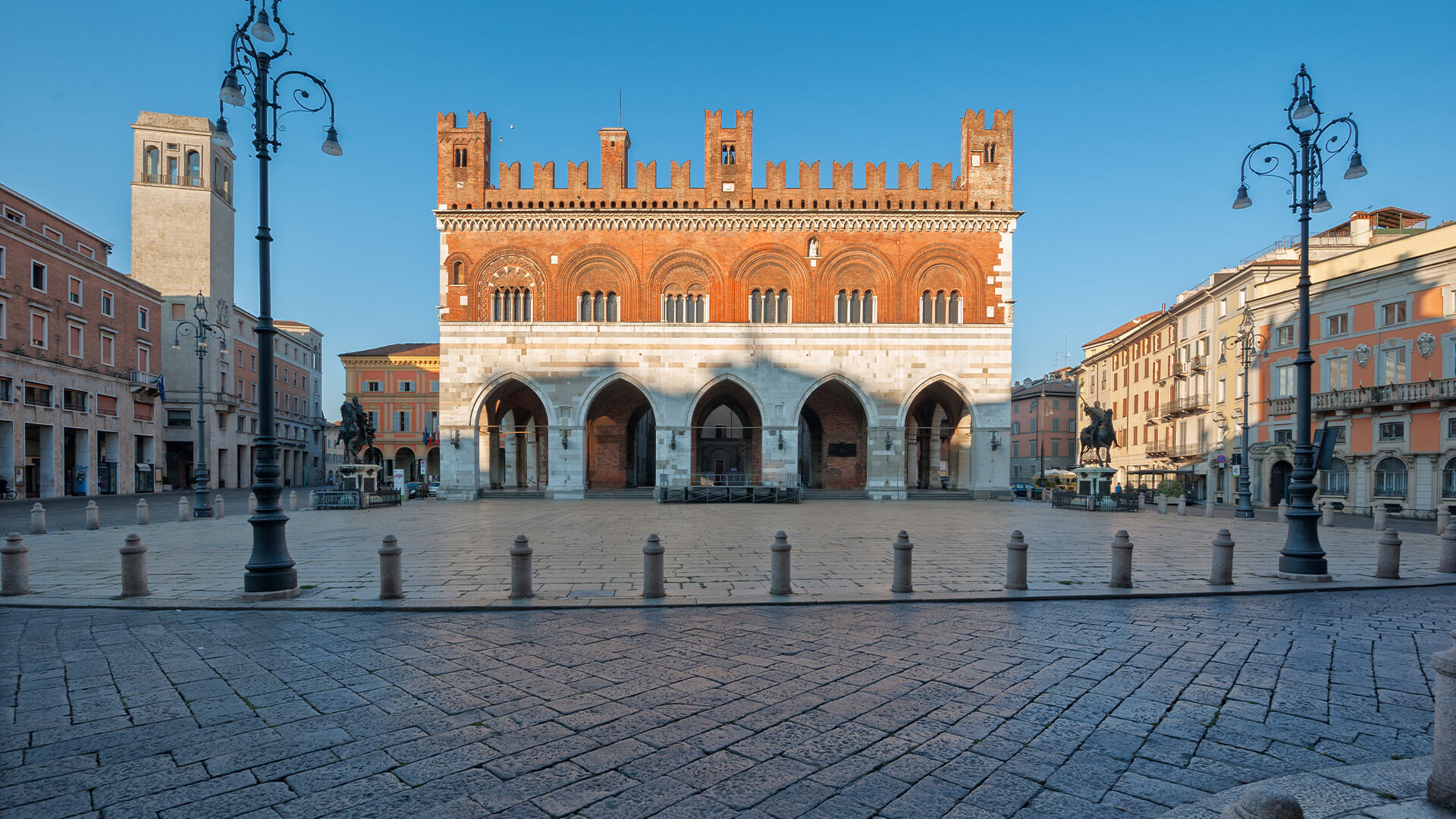
La città delle 100 chiese e dei 100 castelli esiste davvero: si chiama Piacenza.
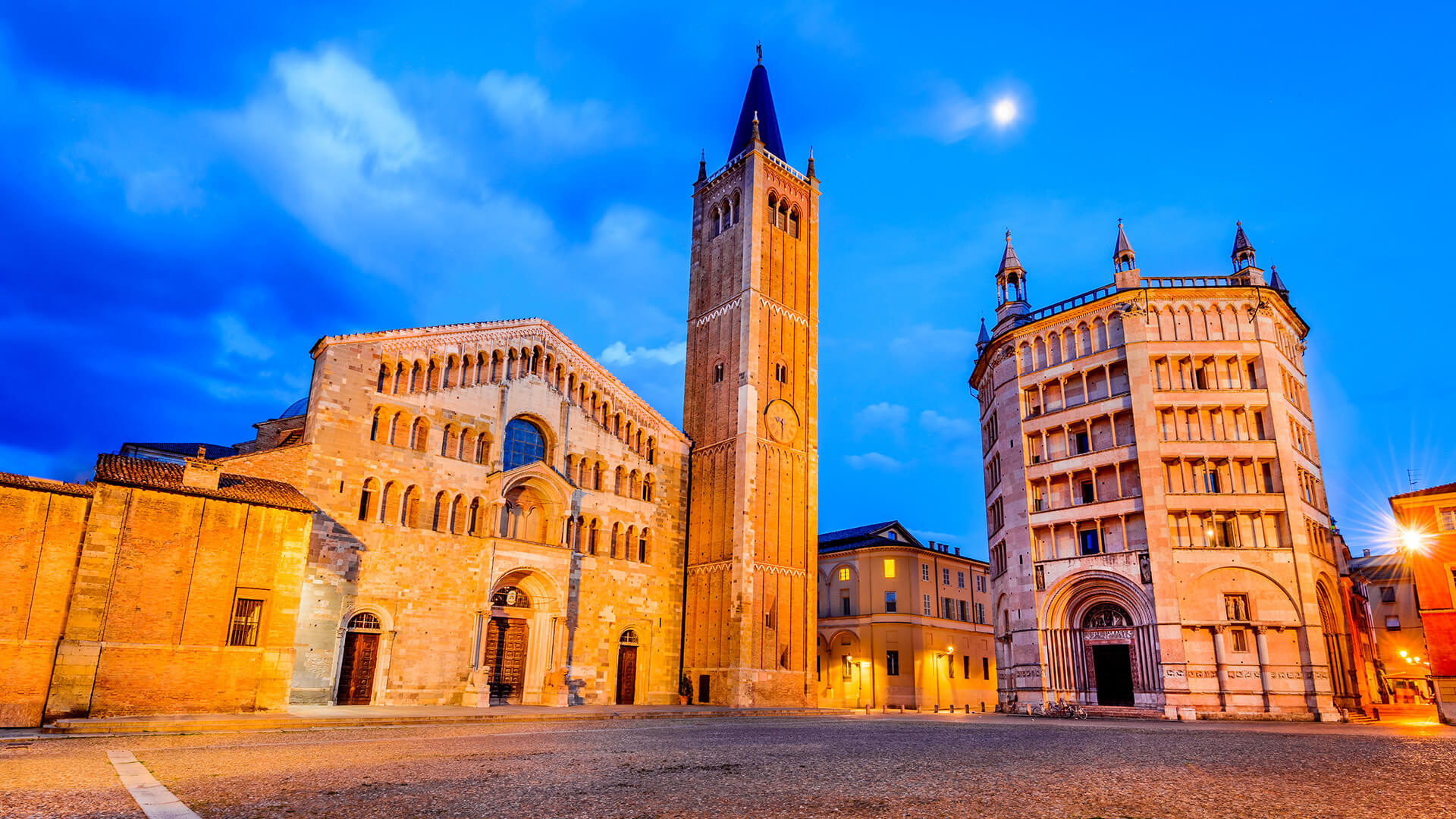
Parma: raffinata, ricca d’arte, con un complesso museale, quello della Pilotta, che custodisce raccolte tra le più preziose d’Italia.
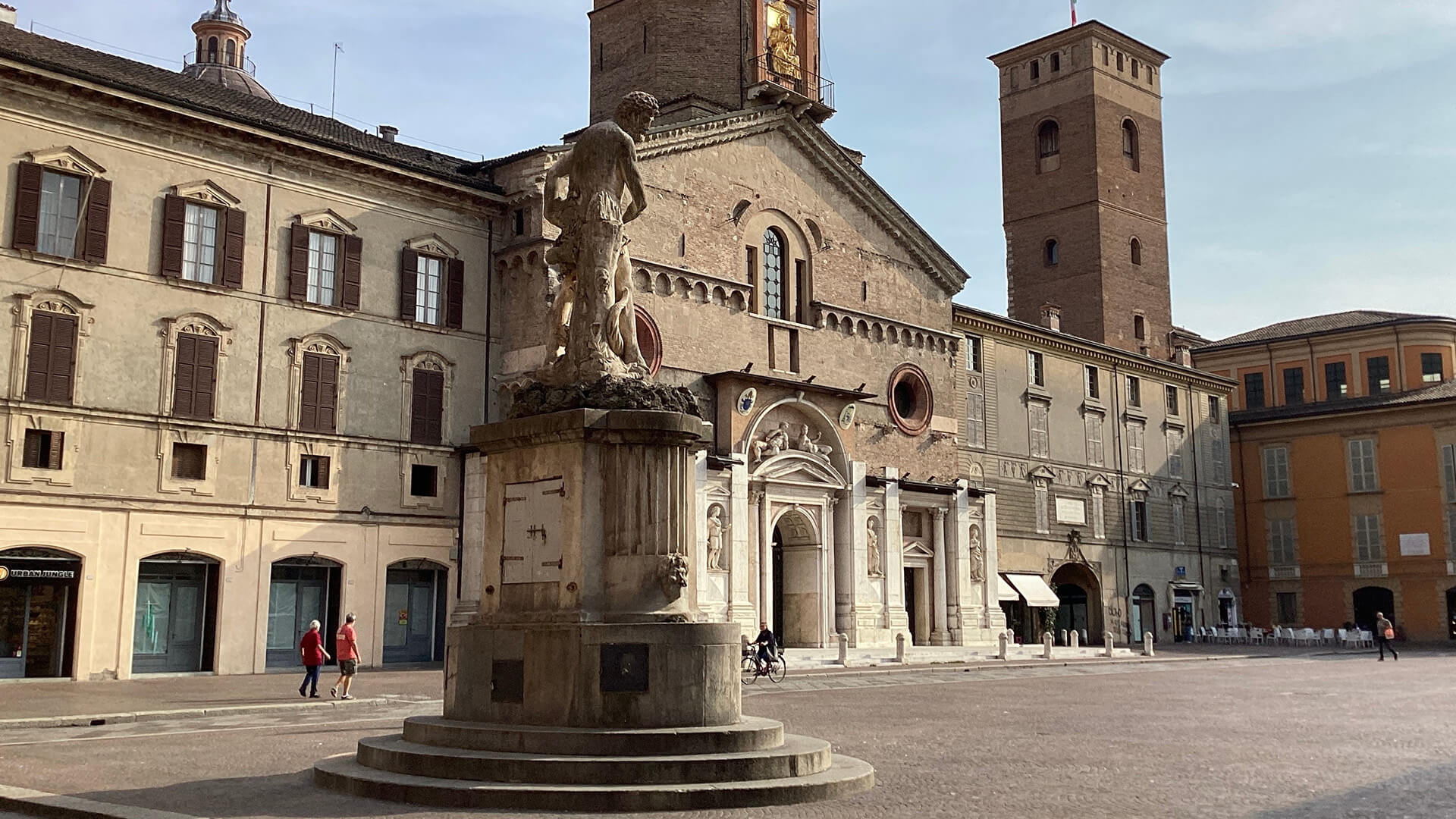
Il vocio allegro di Piazza Prampolini. Il luogo dove è nata la Bandiera Italiana. Un posto dove si vive bene, Reggio Emilia.
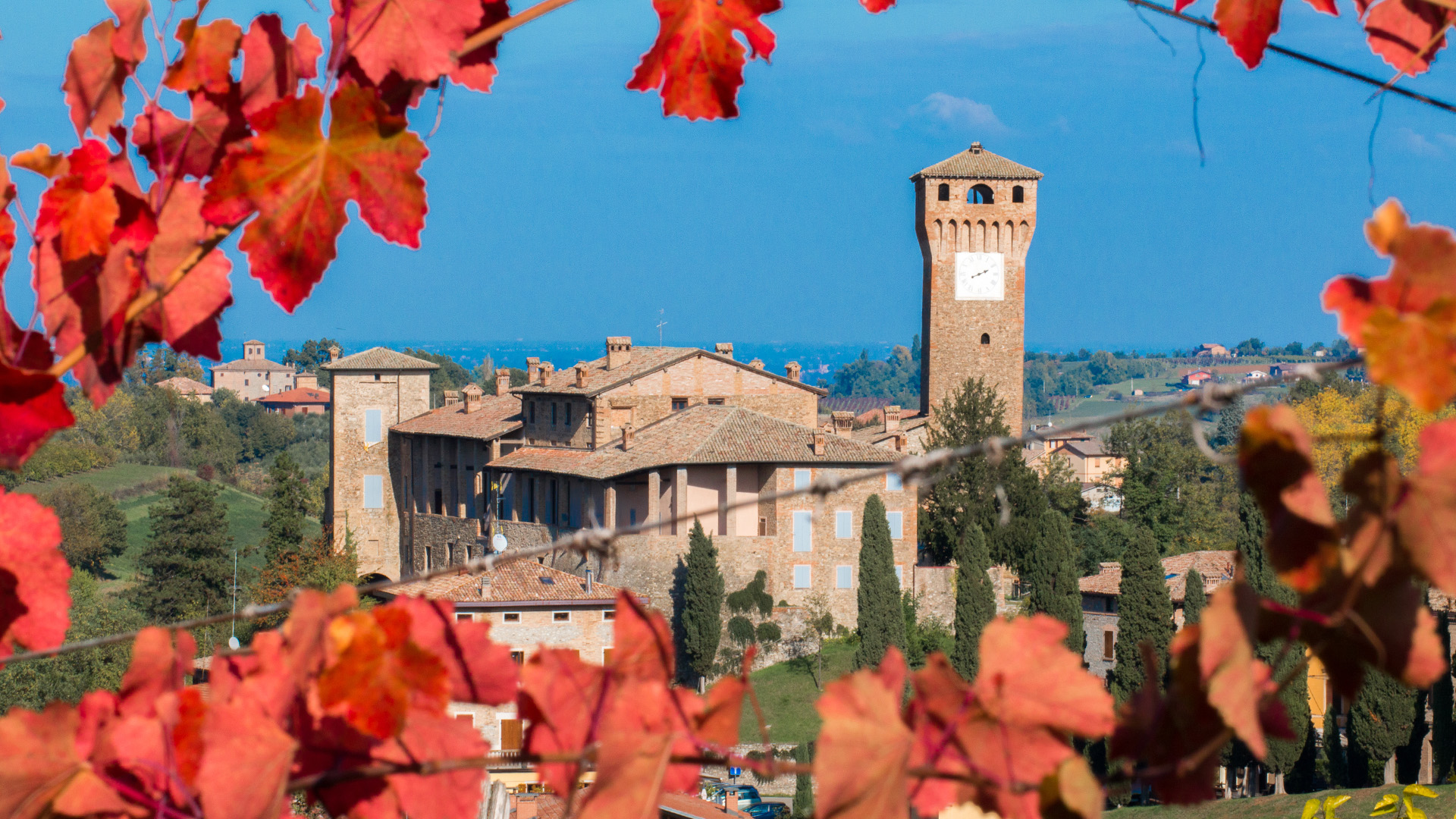
Una città di inconsueta bellezza, che emerge nella lista dei siti Patrimonio dell’Umanità Unesco: ecco Modena.
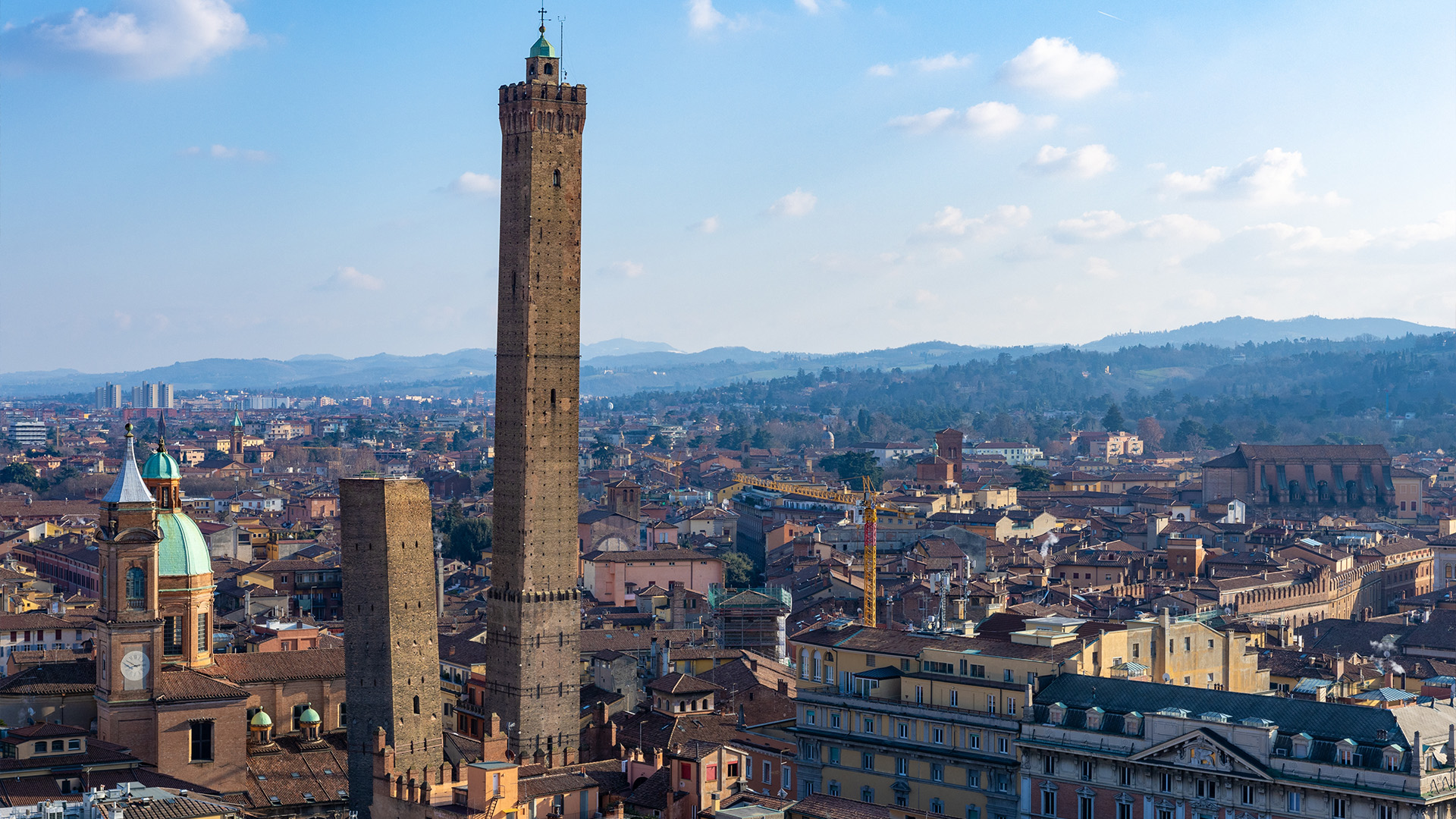
Fra strade medievali, palazzi rinascimentali, piazze che si spalancano all’improvviso e file di portici (i più lunghi del mondo), nel cuore di Bologna ha sede anche la più antica università.
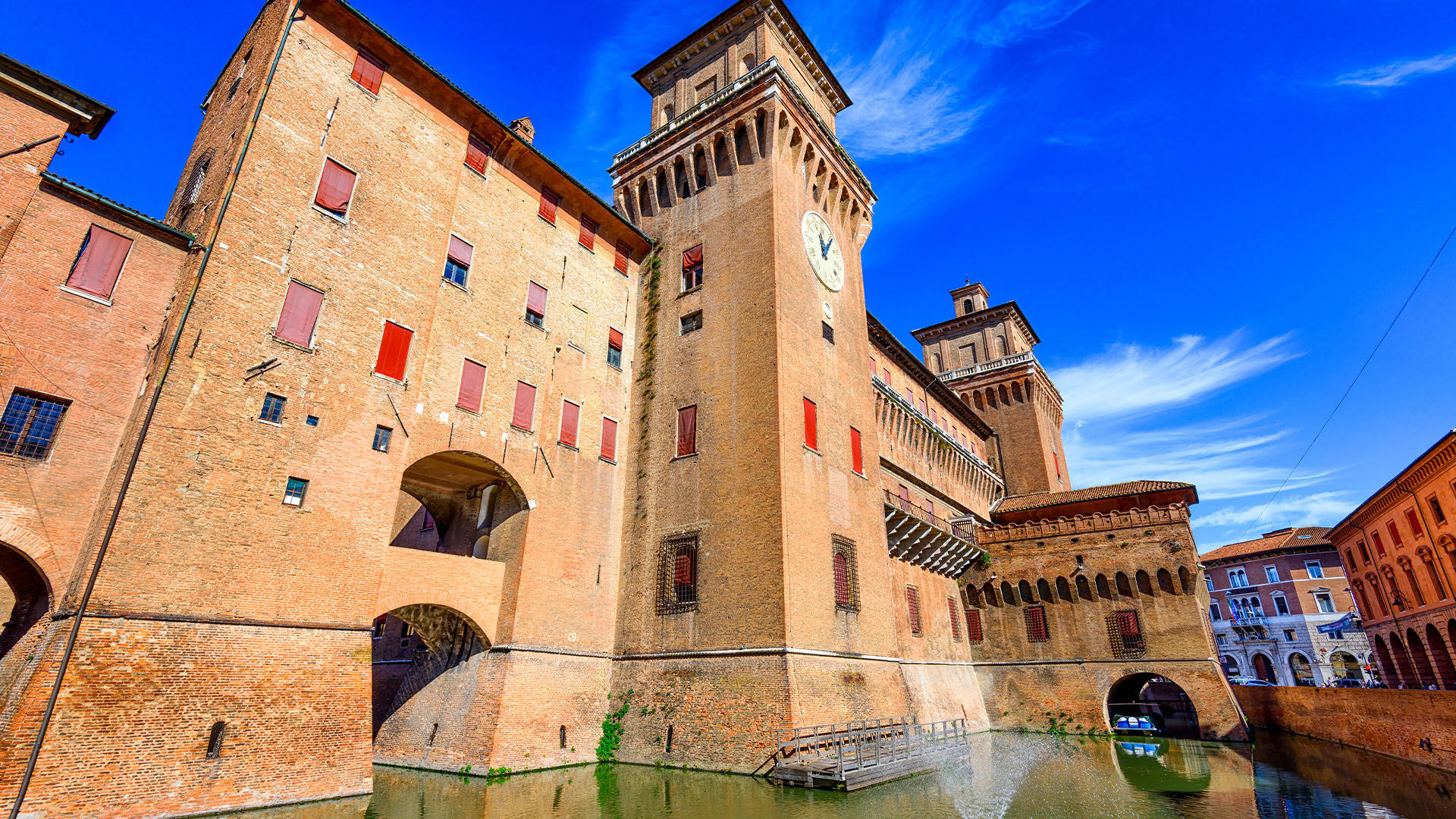
Se Ferrara è così bella lo si deve ai trecento anni di dominio della dinastia d’Este, la famiglia che fra il 1200 e il 1598 trasformò la città in una capitale rinascimentale europea.
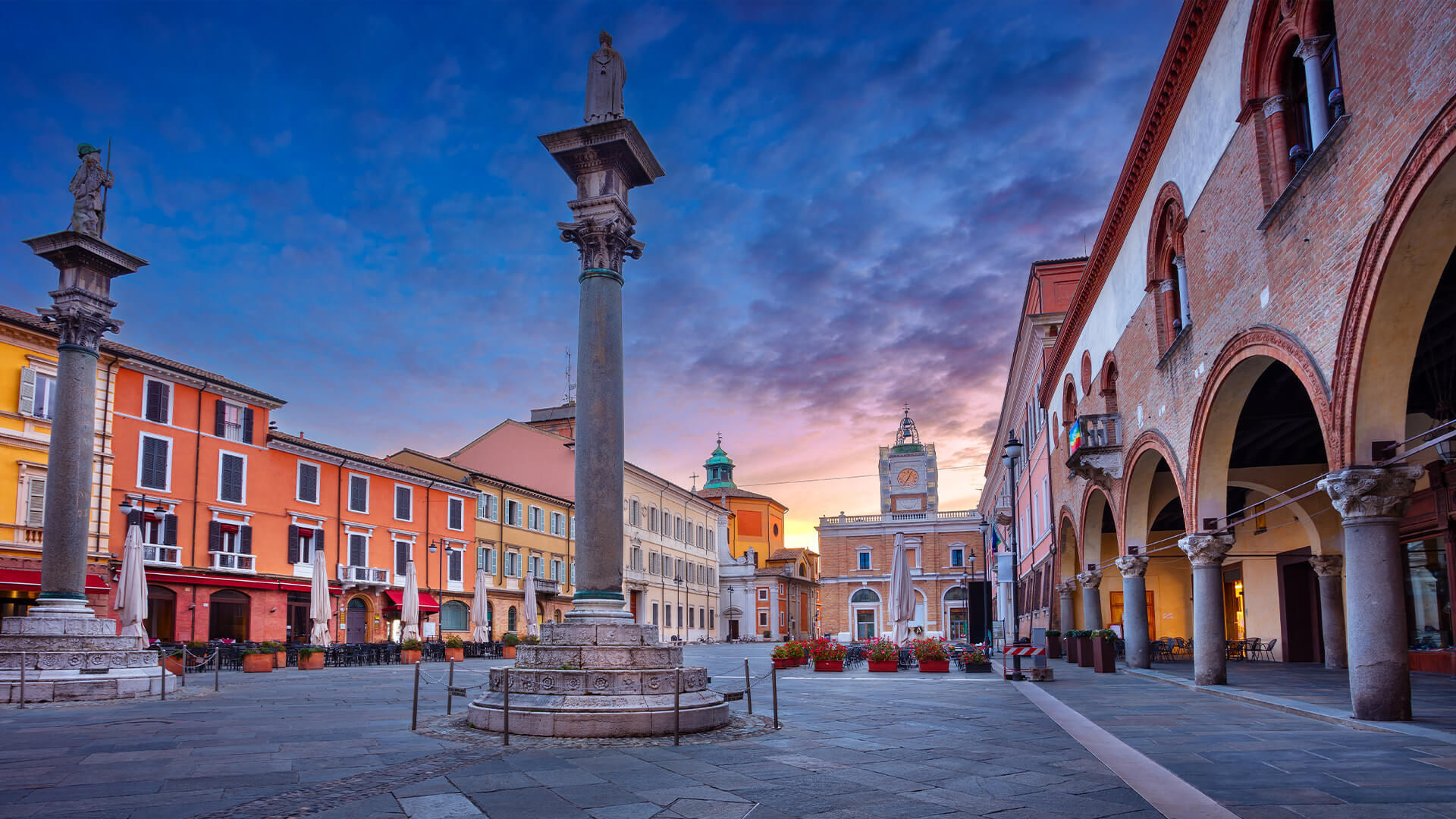
Ravenna, capitale di tre imperi, vanta sul suo territorio ben 8 siti dichiarati dall’Unesco Patrimonio Mondiale dell’Umanità
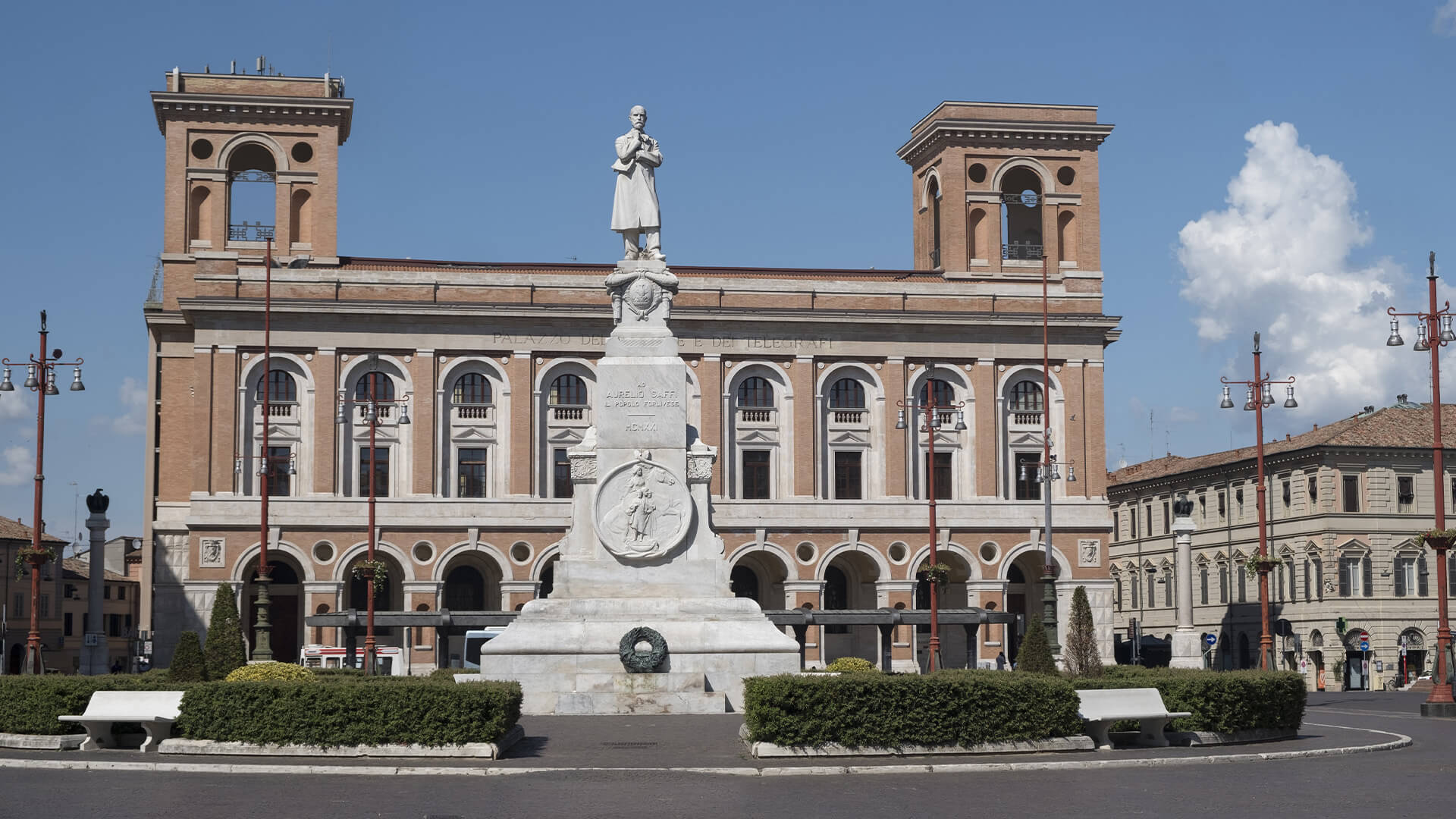
Forlì è la città degli incontri e delle contaminazioni, culla di una tradizione ultra secolare, che passa attraverso il colore rubino del Sangiovese, le linee armoniose degli edifici seicenteschi e la maestosa Piazza Saffi.
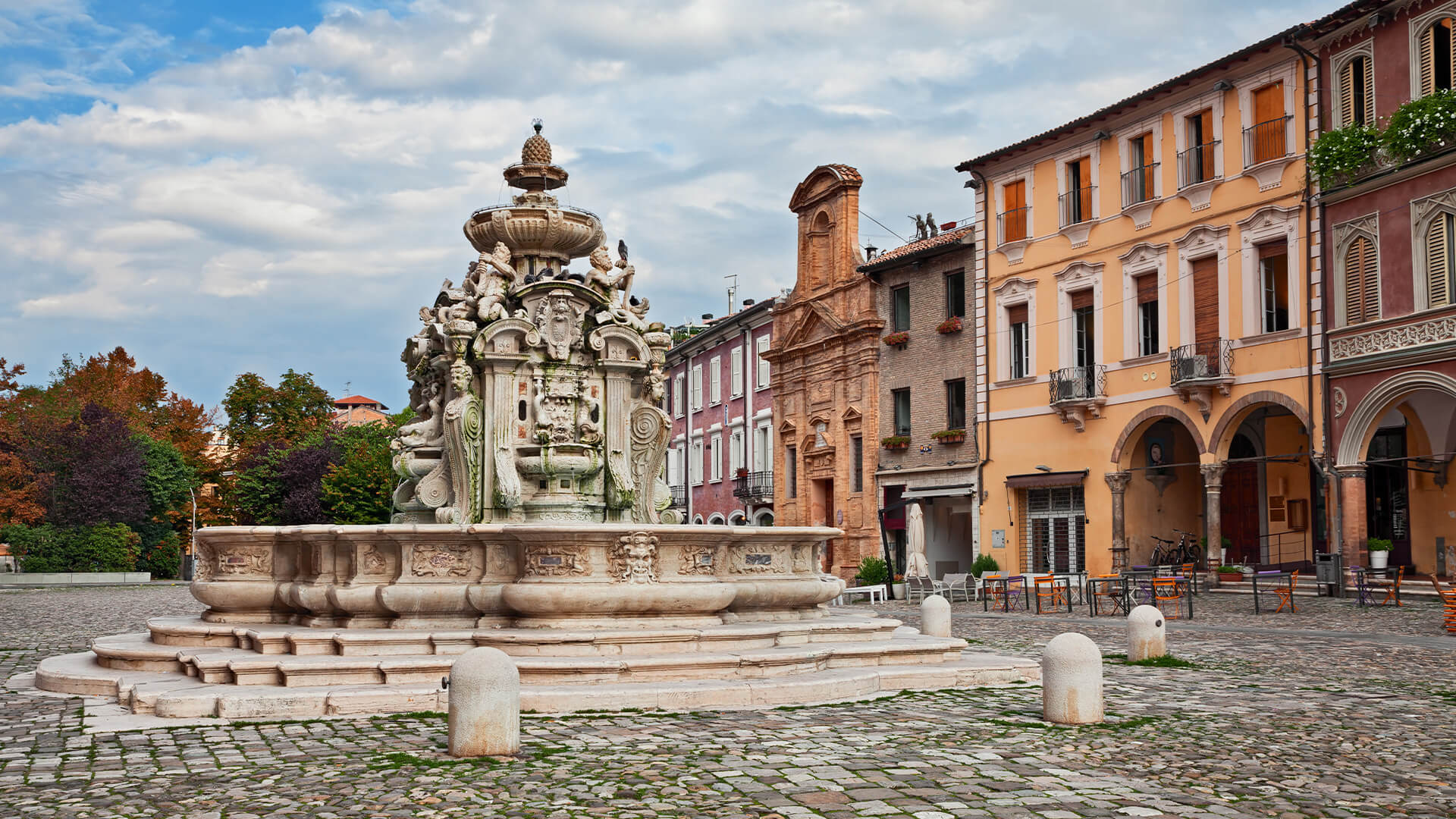
Cesena è una piccola città d’arte, ricca di poesia. Qui tutto parla della stirpe dei Malatesta che dominò in Romagna dal 1295 al 1500.
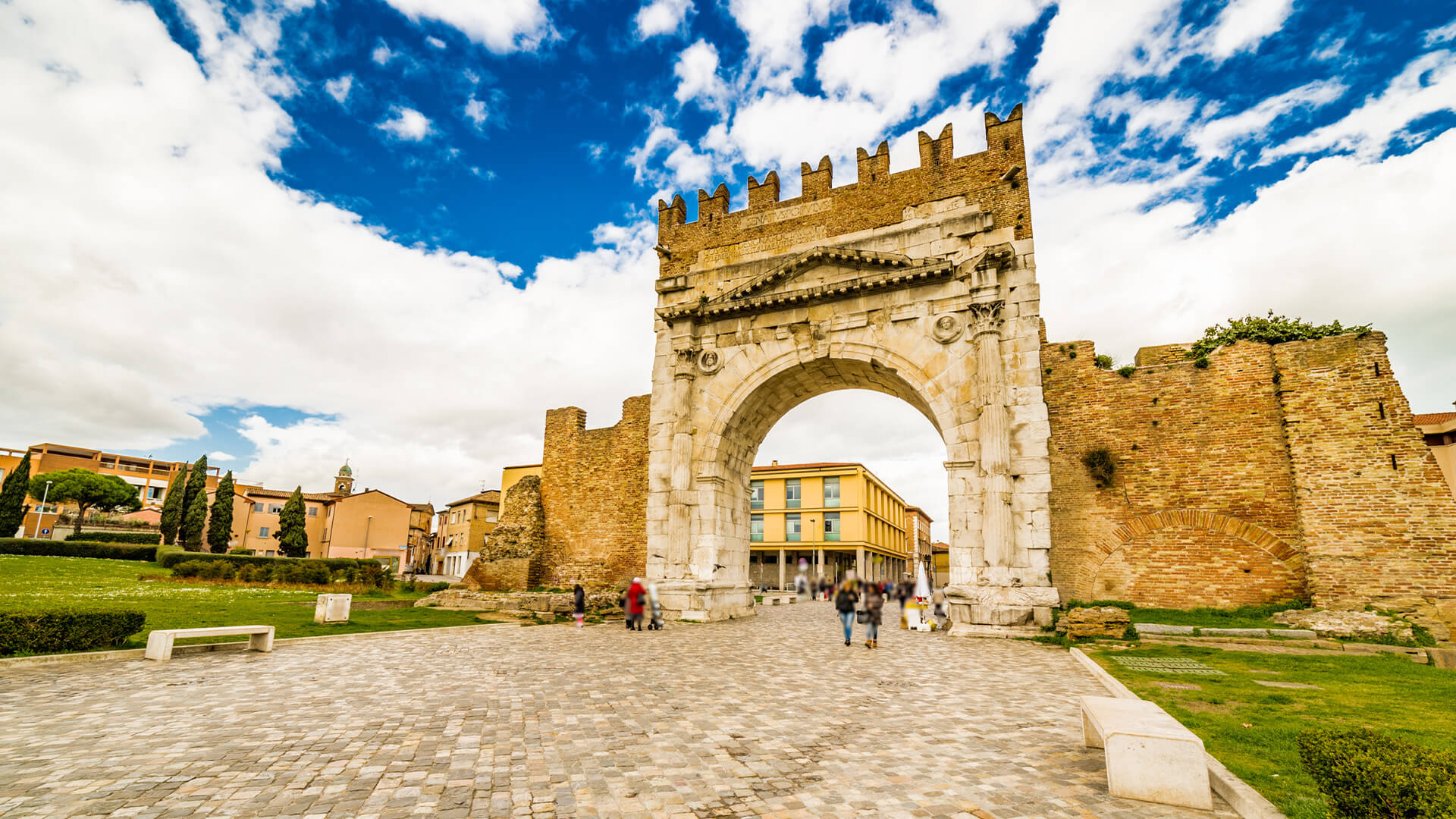
Per scoprire l’antica Ariminum romana basta passeggiare per la città: il Ponte di Tiberio, l’Arco di Augusto, la Domus del Chirurgo, l’antico Foro di Piazza Tre Martiri, l’Anfiteatro.
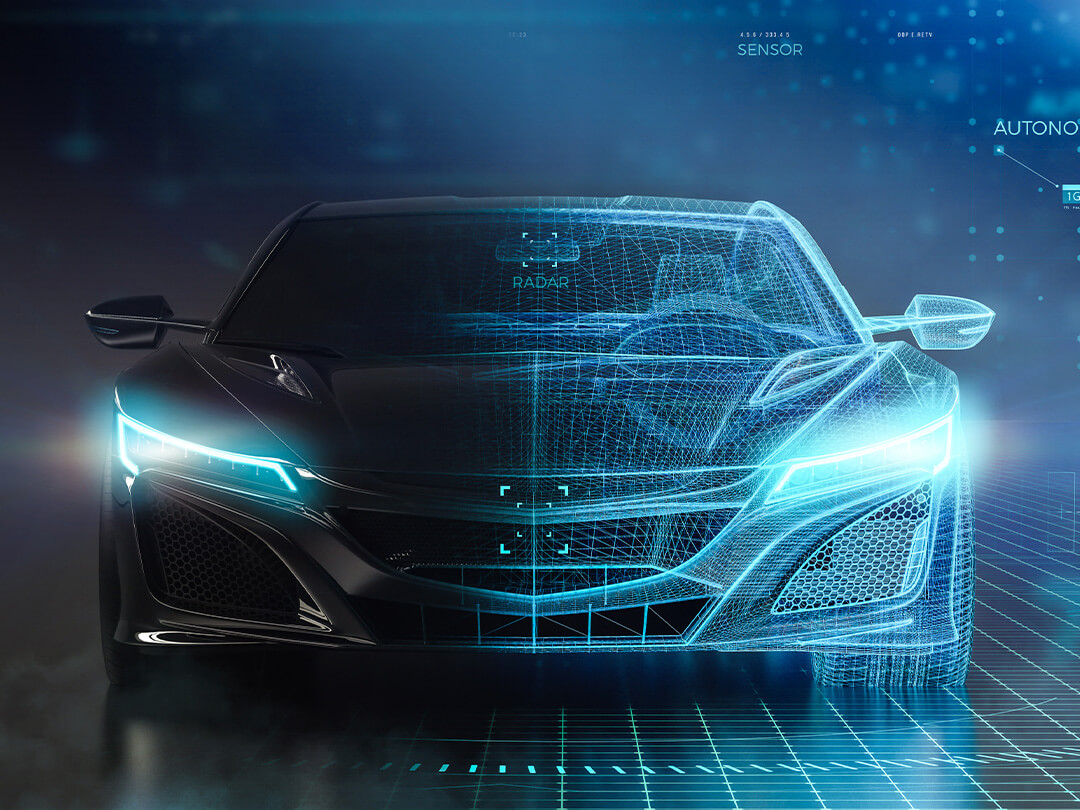
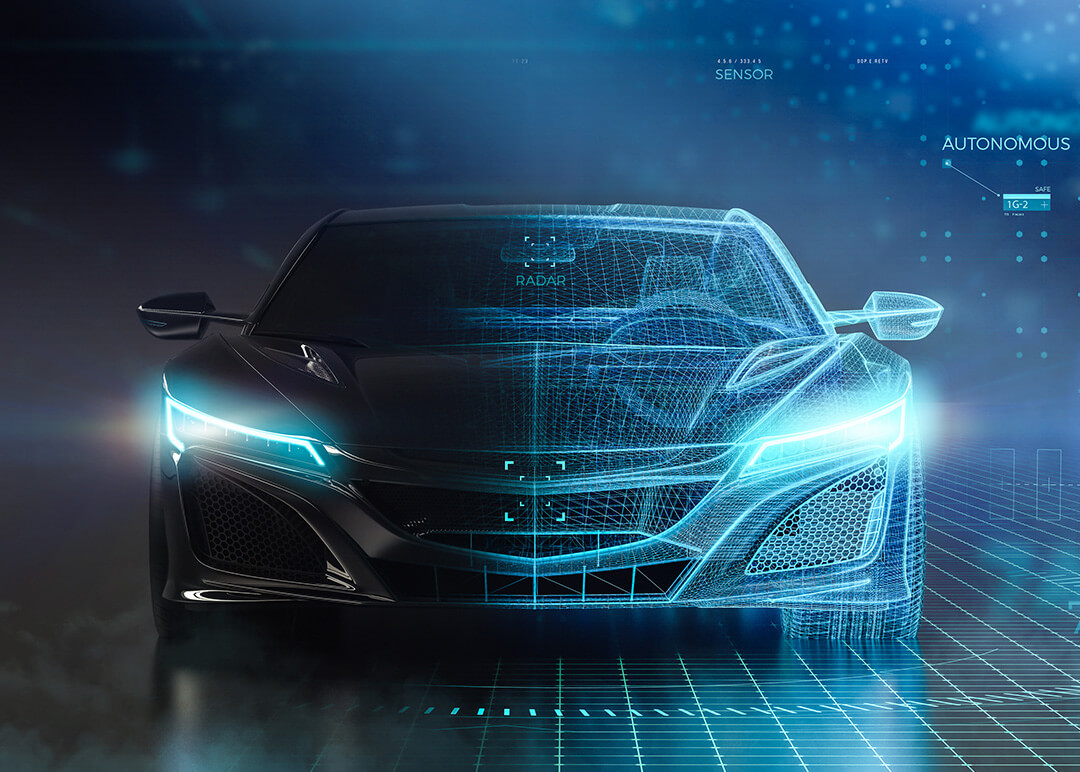
Corsi universitari, Master professionalizzanti e scuole di guida. Espandi la tua conoscenza sul mondo dei motori scegliendo un percorso formativo tra quelli proposti nella Motor Valley.